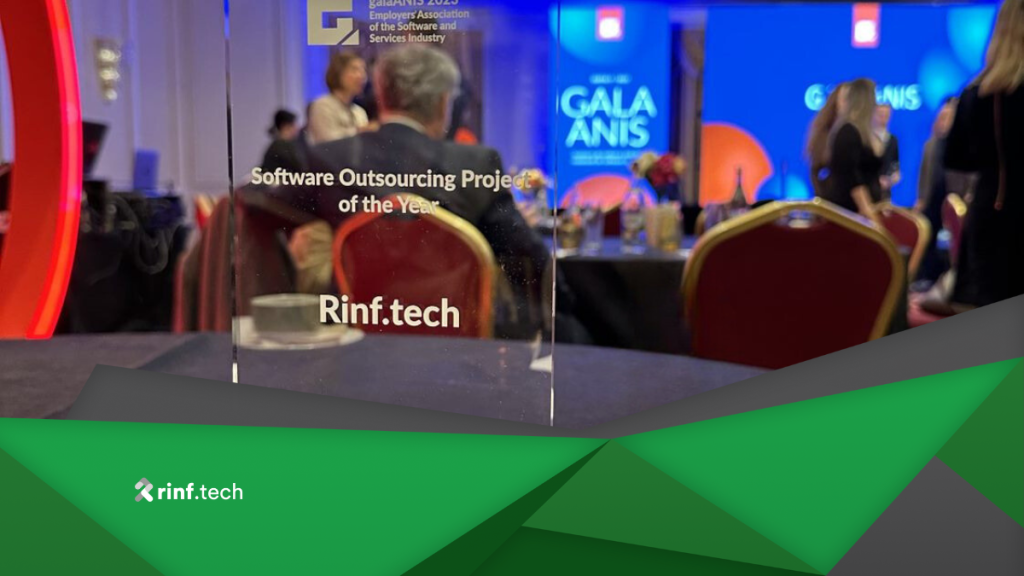Electrical engineering knowledge
A strong foundation in electrical engineering is the primary ability an embedded engineer requires. Understanding the concepts of electronics, circuits, and signals begins with electrical engineering. An embedded engineer must know how to construct circuits that can carry out specified functions and the behavior of electronic components like transistors, resistors, and capacitors.
Programming languages
An embedded software engineer must be fluent in C and C++. Creating compelling and high-quality code necessitates a complete understanding of these languages, frequently employed in developing embedded software.
To understand C and C++, one must have a solid grounding in computer science concepts, methods, and data structures. Experience working with microcontrollers, developing embedded software, and knowledge of various development environments and tools is also necessary.
Knowledge of electronic circuits and schematics
Circuit diagrams and schematics, which graphically represent the connections and parts of electrical circuits, are essential for embedded engineers to understand. Important details like voltage levels, current flows, component values, and signal routes are expressed using these diagrams. Embedded engineers can better develop software that communicates with hardware components by understanding how the hardware components function in interpreting and analyzing circuit diagrams.
Throughout the product development lifecycle, embedded engineers may work effectively with hardware engineers with an operational understanding of electronic circuits and schematics. They can convey technical specifications, offer helpful advice during the hardware design process, and provide perceptions of prospective software-related difficulties or constraints. This cooperation ensures that the hardware and software parts are in sync, resulting in the best possible performance.
Understanding hardware and its components
Hardware components are the responsibility of embedded software engineers. Therefore, it is crucial that they fully understand the hardware and all its parts. To create effective software, they must be familiar with CPUs, microcontrollers, and other hardware components. An embedded software developer must know how hardware functions and interacts with other system parts. Engineers can use this information to optimize program performance and find and fix bugs.
Embedded should well-understand microcontrollers, which are the brains of most embedded systems. To communicate with peripherals and external devices, it is necessary to be familiar with hardware interfaces like G.P.I.O., UART, I2C, and S.P.I.
Real-Time Operating Systems (RTOS)
A Real-Time Operating Systems (RTOS) understanding is crucial for embedded software engineers. RTOS is a specialized software that manages and distributes system resources to various activities in a time-critical environment. This operating system is designed for use in embedded devices where timely and deterministic task execution is necessary.
Essential real-time system characteristics, including task scheduling, inter-task communication, and memory management, are provided by RTOS. Understanding RTOS enables embedded software engineers to create embedded systems that conform to the requirements of the intended application, resulting in predictable and dependable behavior.
Soft skills: communication, collaboration, and attention to detail
An embedded engineer must be able to collaborate and communicate well because they frequently work in a team setting. To guarantee the success of their projects, they must successfully communicate with other engineers, designers, project managers, and stakeholders. They can share ideas, give updates, and address any issues or difficulties that may come up during the development process by encouraging clear and succinct communication.
The ability to solve problems well is highly regarded in embedded engineering. Given the complexity of embedded systems, a top engineer should be adept at solving issues. They must take a methodical approach to problems, study complex situations, and pinpoint the source of any defects or errors. They may successfully diagnose and resolve issues using logical reasoning and troubleshooting, resulting in optimal system performance.
In the field of embedded engineering, precision is essential. Attention to detail in integrating and synchronizing numerous components is vital for embedded systems. Even the slightest mistakes or oversights can have a significant impact. A skilled embedded engineer pays close attention to every detail, ensuring that all parts, pieces of hardware, and software are carefully designed, integrated, and tested for faultless performance.







